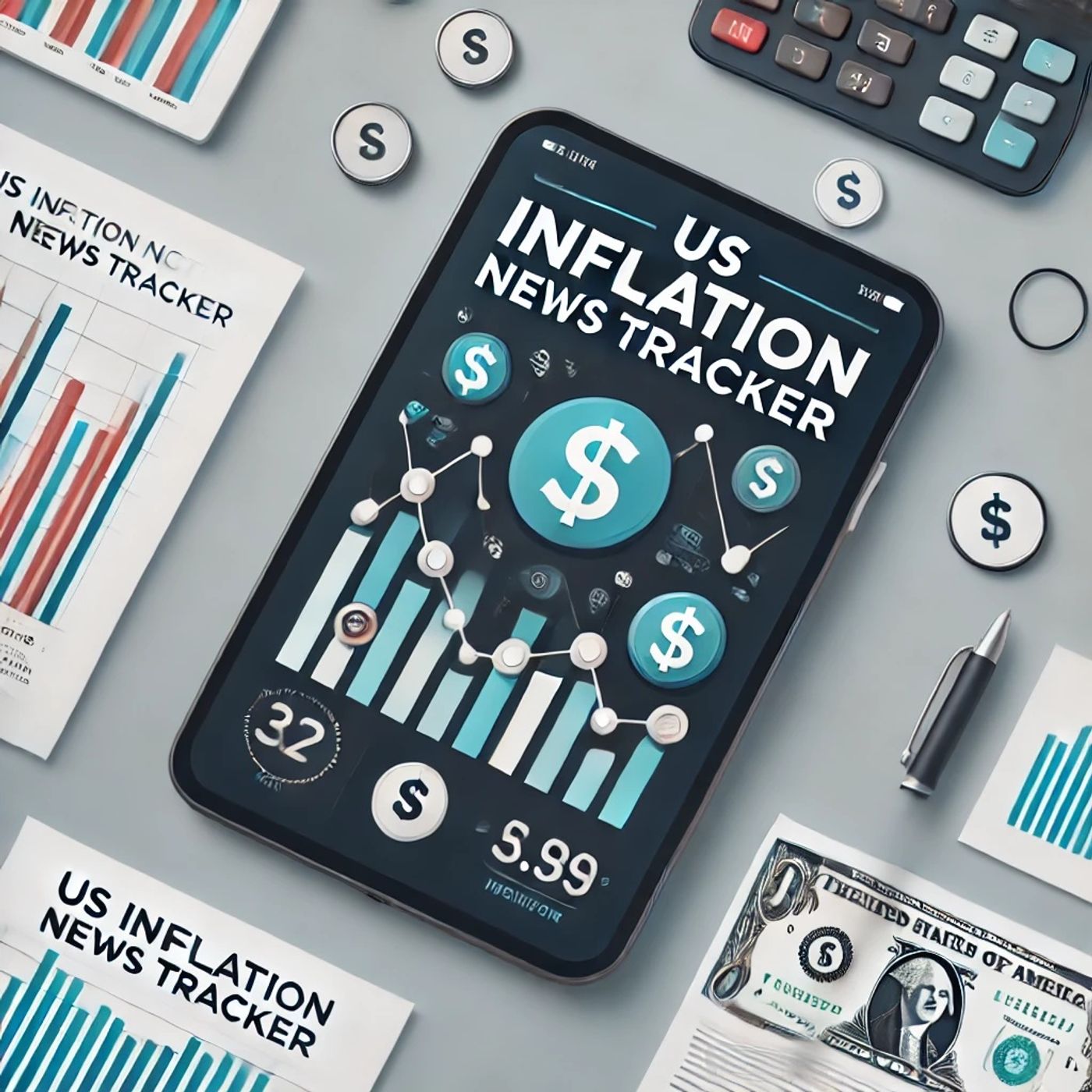Navigating the U.S. Economy's Challenges: Inflation, Job Market, and the Federal Reserve's Dilemma
Update: 2025-09-13
Description
The U.S. economy is currently facing a challenging environment marked by increasing inflation and a weakening job market. These economic shifts have sparked discussions about whether the Federal Reserve will consider cutting interest rates to stabilize the situation. Recent reports and economic analyses provide insight into the factors contributing to these developments and the potential consequences for the American economy.
The U.S. economy appears to be slowing down, with rising inflation and a declining job market at the forefront of concerns. According to reports, economic growth has been sluggish, fueling fears of stagflation—a scenario characterized by stagnant economic growth coupled with high inflation. This challenging economic landscape has been partly attributed to policies implemented during the Trump administration, including tariffs, tax law changes, and immigration policies. These factors have contributed to economic uncertainty, leading to a more cautious approach from businesses and consumers.
The Congressional Budget Office (CBO) has downgraded its outlook for the U.S. economy, projecting higher unemployment and inflation rates, alongside slower GDP growth for the year. The CBO's projections underscore the significant impact that previous policy decisions continue to have on the economic outlook. The uncertainty surrounding these policies has contributed to a lack of confidence in the market, affecting both domestic and international economic activities.
With inflationary pressures mounting, economists have voiced concerns that the U.S. could edge closer to stagflation. This economic condition poses a unique challenge as it requires navigating the delicate balance between maintaining growth and controlling inflation. Central to these discussions is the role of the Federal Reserve and its decision-making processes regarding interest rates. Traditionally, interest rate cuts are used to stimulate economic activity by making borrowing cheaper, thereby encouraging spending and investment. However, in a stagflation scenario, rate cuts could exacerbate inflation without significantly boosting growth.
The Federal Reserve's potential actions are being closely monitored, as any decision to adjust interest rates could have far-reaching effects on the economy. While many analysts believe that a rate cut could provide short-term relief to the job market, others caution that it might not address the underlying structural issues driving inflation and sluggish growth. Thus, policymakers face a complex situation where traditional monetary tools may need to be reconsidered in light of current economic realities.
As the U.S. grapples with the dual challenges of inflation and a weakening job market, the path forward remains uncertain. Policymakers, economists, and business leaders must navigate these economic headwinds carefully to ensure stability and foster sustainable growth. The interplay between inflation, unemployment, and interest rates will undoubtedly shape the economic landscape in the months to come, as the nation seeks solutions to these pressing challenges.
This content was created in partnership and with the help of Artificial Intelligence AI
The U.S. economy appears to be slowing down, with rising inflation and a declining job market at the forefront of concerns. According to reports, economic growth has been sluggish, fueling fears of stagflation—a scenario characterized by stagnant economic growth coupled with high inflation. This challenging economic landscape has been partly attributed to policies implemented during the Trump administration, including tariffs, tax law changes, and immigration policies. These factors have contributed to economic uncertainty, leading to a more cautious approach from businesses and consumers.
The Congressional Budget Office (CBO) has downgraded its outlook for the U.S. economy, projecting higher unemployment and inflation rates, alongside slower GDP growth for the year. The CBO's projections underscore the significant impact that previous policy decisions continue to have on the economic outlook. The uncertainty surrounding these policies has contributed to a lack of confidence in the market, affecting both domestic and international economic activities.
With inflationary pressures mounting, economists have voiced concerns that the U.S. could edge closer to stagflation. This economic condition poses a unique challenge as it requires navigating the delicate balance between maintaining growth and controlling inflation. Central to these discussions is the role of the Federal Reserve and its decision-making processes regarding interest rates. Traditionally, interest rate cuts are used to stimulate economic activity by making borrowing cheaper, thereby encouraging spending and investment. However, in a stagflation scenario, rate cuts could exacerbate inflation without significantly boosting growth.
The Federal Reserve's potential actions are being closely monitored, as any decision to adjust interest rates could have far-reaching effects on the economy. While many analysts believe that a rate cut could provide short-term relief to the job market, others caution that it might not address the underlying structural issues driving inflation and sluggish growth. Thus, policymakers face a complex situation where traditional monetary tools may need to be reconsidered in light of current economic realities.
As the U.S. grapples with the dual challenges of inflation and a weakening job market, the path forward remains uncertain. Policymakers, economists, and business leaders must navigate these economic headwinds carefully to ensure stability and foster sustainable growth. The interplay between inflation, unemployment, and interest rates will undoubtedly shape the economic landscape in the months to come, as the nation seeks solutions to these pressing challenges.
This content was created in partnership and with the help of Artificial Intelligence AI
Comments
In Channel





